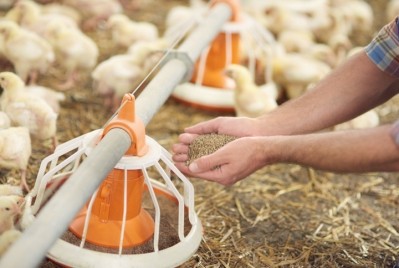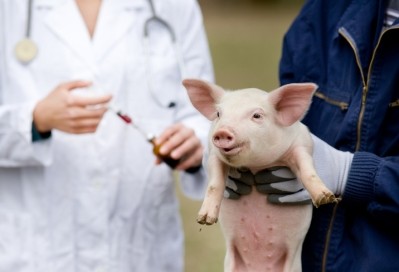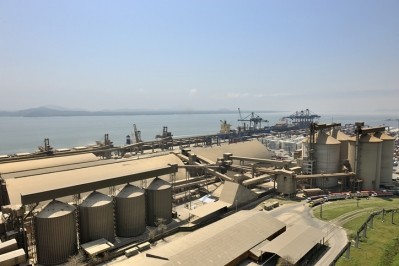EU feed production volumes fall: FEFAC data shows a 3.8% decrease in output on 2021

EU compound feed production (EU27) for farmed animals in 2022 is estimated at 148.9m tons, a decrease of 3.8% compared to 2021, confirmed FEFAC, citing data provided by its members.
Production decreased for all animal feed sectors but significantly for the pig sector (-6.7 %) and poultry sector (-3.2 %), with the spread of animal diseases such as bird flu and ASF playing a role in that decline.
The Russian invasion of Ukraine and the related EU energy crisis evidently have had a significant impact on the EU economy and inflation, leading to reduced demand for animal products, thus undermining production and demand for feed, noted the trade group.
Markets such as Germany, the Netherlands, and Belgium have had an heightened focus on environmental and animal welfare regulation, which has prompted further reductions in livestock population numbers in those countries, said FEFAC.
Pig industry woes
In 2022, the pig feed sector was the most affected. Production dropped by 3m tons compared to year prior. In some countries, smaller farms were forced to exit the industry due to the deteriorating economic situation and the limited profitability of their farms, reads the FEFAC report.
China, which continues to recover from ASF, no longer imports pork volumes at previous levels and this is having a knock-on effect on the leading European pig meat exporting countries, found the outlook.
ASF also continues to undermine production in certain European countries, such as Germany and Romania, impacting the economic efficiency of pig farms.
Bird flu, energy costs
Poultry feed production in Europe in 2022 decreased by almost 2m tons as several countries were impacted by avian influenza; moreover, the excessive cost of utilities during the winter led to a situation where some farms skipped cycles, lowering demand for feed.
Cattle feed production slightly decreased, by 0.5m tons, compared to the previous year.
The outlook
Uncertainties around feed and fertilizer prices as well as inflation continue to influence the market and FEFAC estimates that compound production in 2023 will further decline by 1.5%, to a level of 146.8m tons.
The poultry and pig feed sectors may experience a rebound in Q4 though, said the industry representatives. The spotlight, however, will once again be on AI outbreaks, the ongoing economic uncertainty, and how developing environmental and welfare policies will pan out.
Regulatory uncertainty may further weigh on farmers and their decisions to stay or exit industries.
The impact of Ukrainian raw material import bans and supply restrictions on local markets and production in neighboring countries remains a concern. “At the same time, drought problems in southwest Europe may lead to increased needs for imports of raw materials, hence it will be important to maintain the functioning of the Black Grain Sea initiative.”








